
PECOAT® Thermoplastic Powder Coatings Supplier, Dip Powder Coating
China Manufacturer
China Professional Supplier of Thermoplastic Powder Coatings, Thermoplastic Plastisol Dip Coatings
PECOAT® focus on production and export of thermoplastic powder coatings (polyethylene powder coatings, polypropylene powder coatings, pvc powder coatings, nylon powder coatings), pvc plastisol dip coatings and related dip coating equipment.
Products
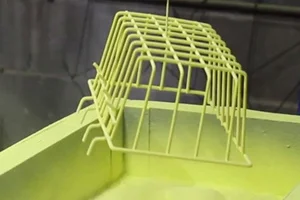
Thermoplastic Polyethylene (PE) Powder Coating
LDPE powder with white, black, gray, red, green, blue or any customized color, free samples are provided.
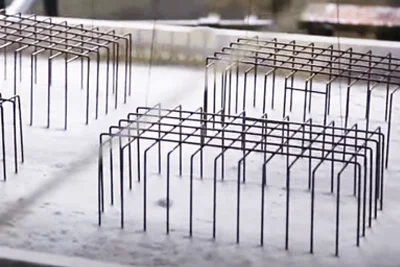
Thermoplastic Polyvinyl Chloride (PVC) Powder Coating
Polyvinyl Chloride (PVC) Powder with various colors,strong corrosion resistance,excellent anti-aging and long service life.
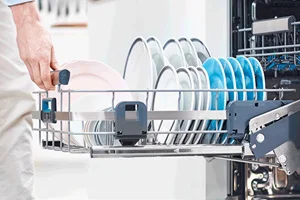
Thermoplastic Nylon (PA) Powder Coating
Nylon powder with excellent adhesion to metal,good toughness,excellent impact resistance,and wear and scratch resistance.
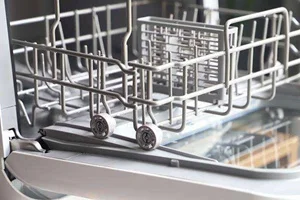
Thermoplastic Polypropylene (PP) Powder Coating
PP powder with excellent corrosion resistance and mechanical properties, very high hardness and wear resistance.
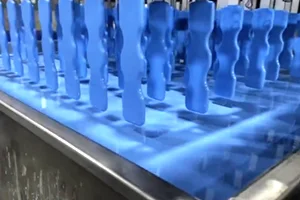
Thermoplastic Polyvinyl Chloride (PVC) Plastisol Coating
PECOAT® PVC Plastisol is widely used in dip moulding process and dip coating process, excellent performance.
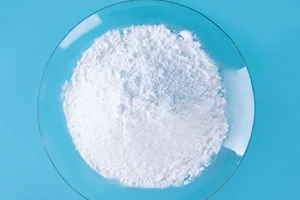
Thermoplastic Polymer PTFE Micro Powder
Excellent heat resistance, weather resistance, cold resistance, low friction, non-stick, chemical stability and electrical insulation.
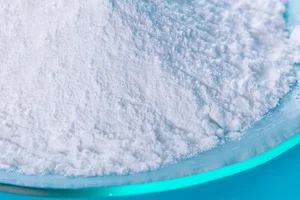
Thermoplastic Polymer Nylon Powder
Powder particle size range from 5 to 10 µm, suitable for different cosmetic applications.
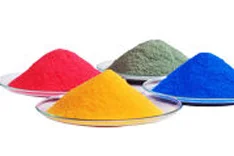
Get A Quote
Don’t hesitate to connect us if you are ready to request a quote or have any question about our product.
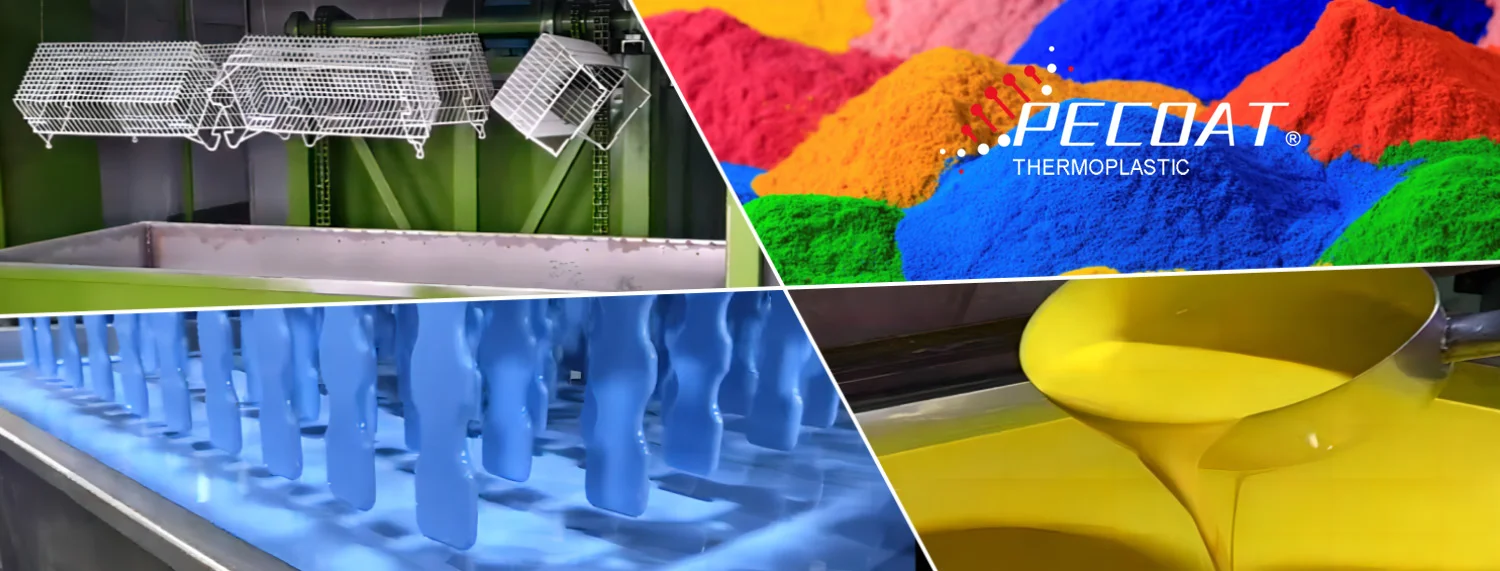
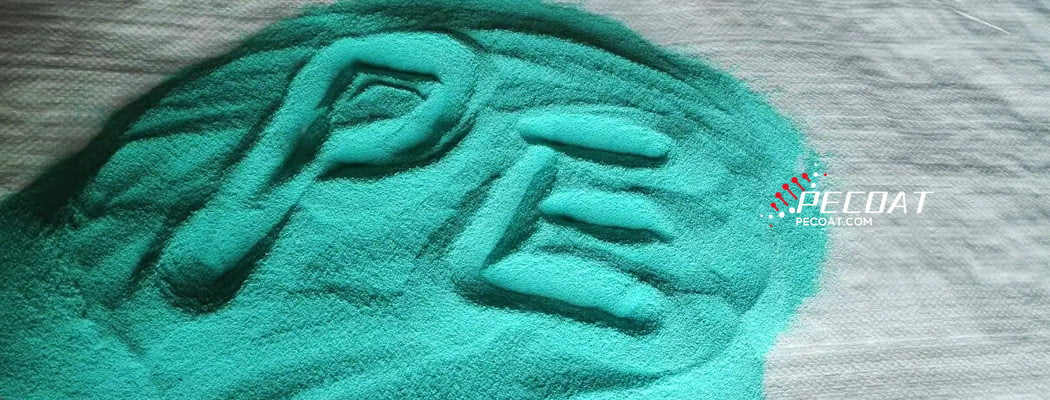
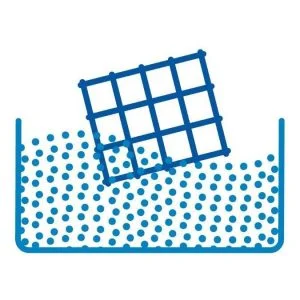 Thermoplastic coating dip powder is a kind of thermoplastic powder coatings that is applied using a
Thermoplastic coating dip powder is a kind of thermoplastic powder coatings that is applied using a 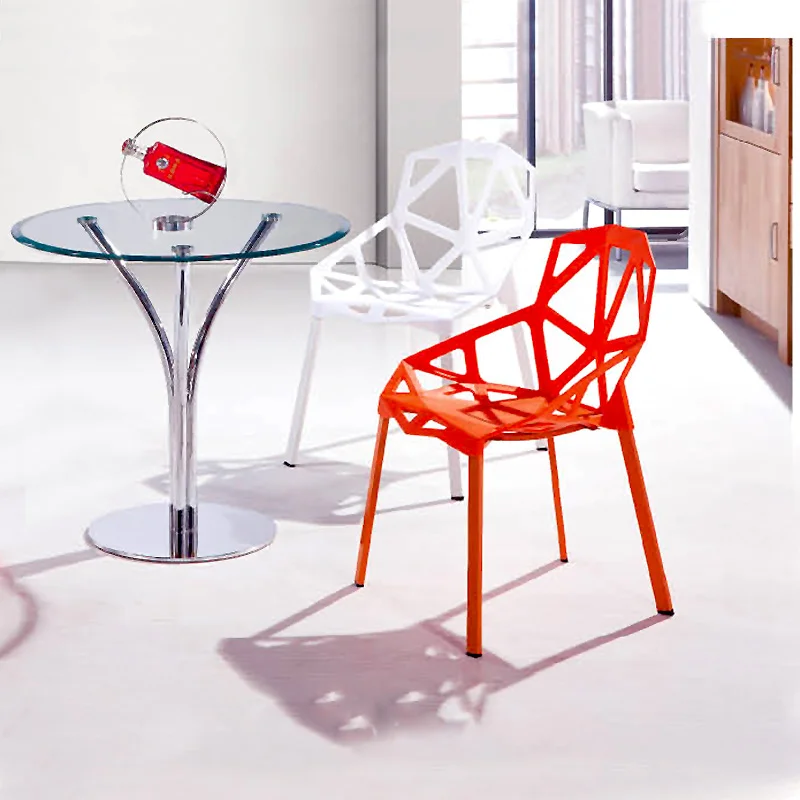
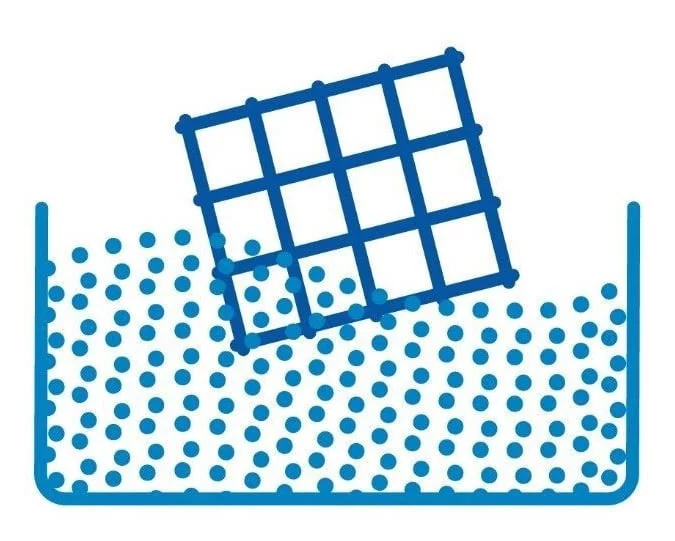 Thermoplastic coating dip powder is a kind of thermoplastic powder coatings that is applied using a fluidized bed dipping system. The preheated parts are immersed in a hopper with a fluidized thermoplastic powder coating. The powder is attracted to and subsequently fuses to the heated surface .
Thermoplastic coating dip powder is a kind of thermoplastic powder coatings that is applied using a fluidized bed dipping system. The preheated parts are immersed in a hopper with a fluidized thermoplastic powder coating. The powder is attracted to and subsequently fuses to the heated surface .






